Celebrating 30 Years of MITC
History
In September of 1990, MITC was established by John Graham, MITC CEO & Software Architect to provide software to organizations with employees providing services in multiple, often remote, locations. That original focus still drives everything MITC does today.
MITC created one of the first telephone timekeeping systems in the world. Very specialized hardware was required, as well as software. Telephone timekeeping had great appeal to the types of organizations MITC served. Graham explained how:
“In the early 1990’s I wrote an article for a trade magazine. I got over 60 phone calls asking where a telephone timekeeping system could be purchased. We released the first version at a convention. The interest was very strong and international. One day the Managing Director and Owner of a company in Auckland, New Zealand turned up in our office in Maryland, USA. That company is still a customer today”.
-John Graham, CEO and Software Architect
Over the past 30 years, MITC has grown to serve over 1,500 organizations in Australia, Canada, Ireland, New Zealand, the UK and USA. The software has expanded to a complete Workforce Management and Electronic Health Records solution, but remained modular and scalable so each customer can build their own solution to meet their own needs and budget.
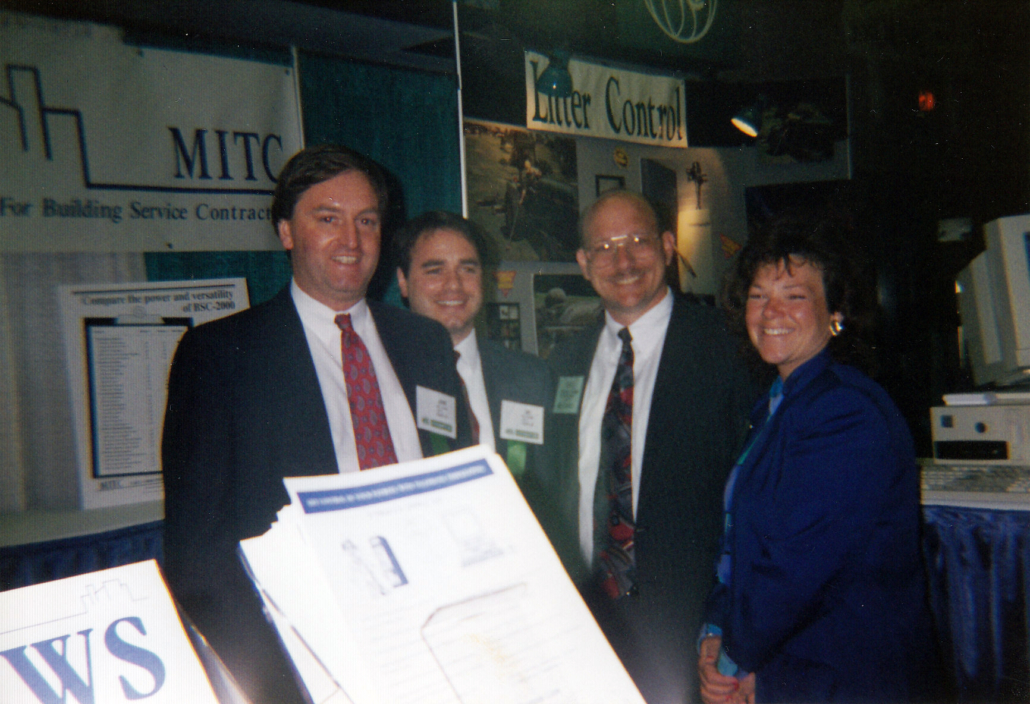
MITC staff have visited with customers in every state of the USA and every country served internationally. Listening to customers has been key to growing MITC, according to Graham,
“You don’t create great software by being brilliant, you do it by listening to customers. One day a few years ago, the CFO of a larger customer with 1,000+ employees called me from New York City. He explained how a particular feature when staff clocked-out could really help. That feature was in the software within 30 days and has been very important in winning new business in New York in 2020”.
-John Graham, CEO and Software Architect
Agile development has been fundamental to our success and continued growth.
Impact
Until 2020, the MITC team supported dozens of regional and national conferences, and visited hundreds of individual customers in the US annually. Getting to meet the customers served helps MITC learn how to enhance the software, and educate ourselves on the different challenges, opportunities, laws, and regulations customers are facing.
We love hearing about how a customer got started, evolved, and made an impact. Through working with customers, we have learned that you can’t stand still. You need to constantly plug yourself into each country and every state to stay on top of an ever-changing world.
From our business development team, to our software consultants, everyone at MITC understands how important the work that is done by agencies is. Agency Help Desk Team Lead, Justin Waldron said,
“It’s good to know that we are helping make their jobs easier so they can focus on helping the people that need the help, rather than having to worry about writing down paper timesheets and notes.”
-Justin Waldron, Director of Agency Services
The MITC Team
Some of the MITC staff customers interact with today, have been with MITC for 20+ years. They truly are experts in the software and the needs of our customers. Currently, the MITC Project Management team has around 100 new implementations or significant upgrades under progress. The Help Desk team responded to nearly 16,000 service requests in 2019, and live person support has been available 365×24 since 2017.
Over the years, MITC has invested significant time and resources into the employees that work here. Matthew Collis, Director of Help Desk Services said,
“I appreciate how much this company invests in people, taking them from an entry-level position and challenging them to do more. More than anything, I appreciate the people I get to work with. They make it easy to show up every day and some of my best friends I met at MITC”.
-Matthew Collis, Director of Help Desk Services
MITC has created a community of people who trust and rely on each other every day to reach a common goal. The employees here at MITC love the company atmosphere. Collis said,
“Being on a first name basis with everyone, including the CEO is rare and at this point, something I wouldn’t ever want to go without”.
-Matthew Collis, Director of Help Desk Services
To the customers who have been with us for the past 30 years, and to those who have joined us recently – thank you! You have helped shape MITC into the successful company and software it is today. Here’s to the next 30!
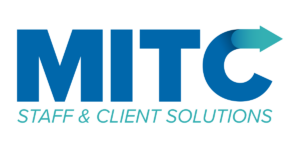

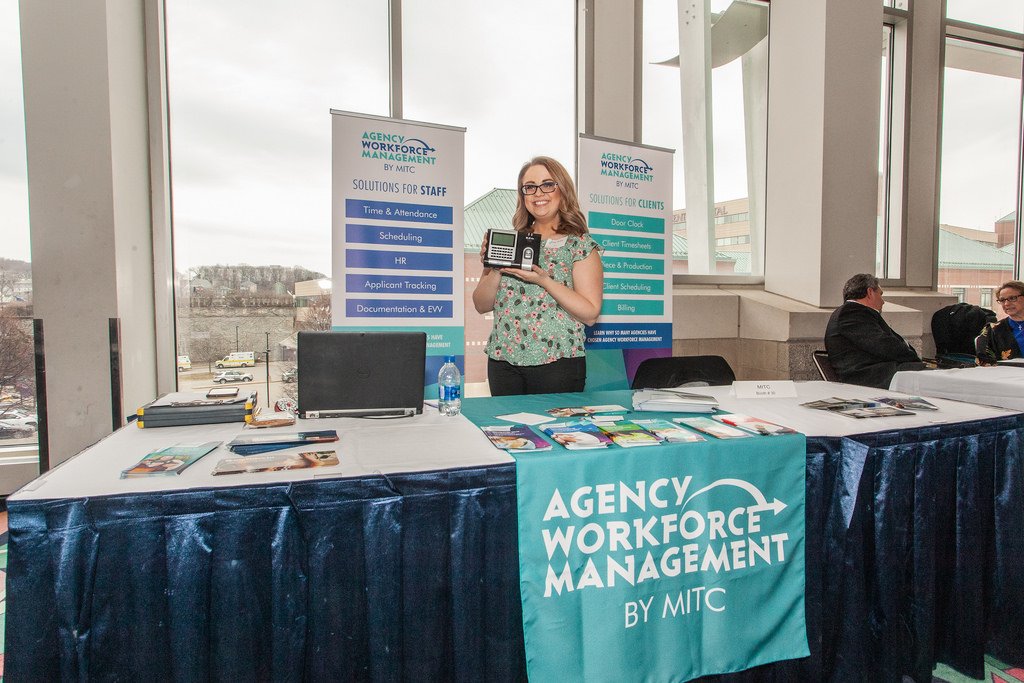










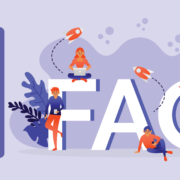
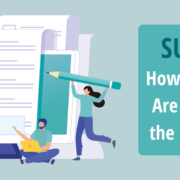

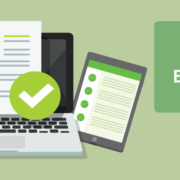

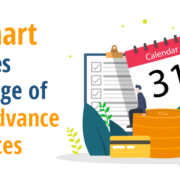
 2018 MITC
2018 MITC Overtime costs in group homes and HCBS programs have been rising in recent years due to the labor shortage. While you may never eliminate overtime completely, an incentive plan can help you reduce it. Overtime control plans provide a continual reminder that minimizing overtime is always important and shares the savings with those who did the most to make a difference.
Overtime costs in group homes and HCBS programs have been rising in recent years due to the labor shortage. While you may never eliminate overtime completely, an incentive plan can help you reduce it. Overtime control plans provide a continual reminder that minimizing overtime is always important and shares the savings with those who did the most to make a difference. Many HCBS programs involve authorizations and budget caps. But some providers may fail to maximize the authorization or, even worse, exceed the authorization. An incentive plan focused on increasing revenue, with the help of integrated time & attendance and scheduling solutions, will encourage managers and staff to maximize authorizations without exceeding them.
Many HCBS programs involve authorizations and budget caps. But some providers may fail to maximize the authorization or, even worse, exceed the authorization. An incentive plan focused on increasing revenue, with the help of integrated time & attendance and scheduling solutions, will encourage managers and staff to maximize authorizations without exceeding them.
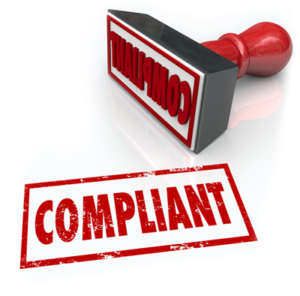 Reliable attendance is crucial for agencies, especially when one employee’s tardiness turns into another’s overtime. While employees may occasionally forget to clock in or out, 95% of an organization’s attendance records should be correct. An incentive plan encourages prompt attendance and reduces the risk of fraud.
Reliable attendance is crucial for agencies, especially when one employee’s tardiness turns into another’s overtime. While employees may occasionally forget to clock in or out, 95% of an organization’s attendance records should be correct. An incentive plan encourages prompt attendance and reduces the risk of fraud. One of the best sources for recruiting is an agency’s own staff. Employees often know of others in the same field who might be interested in a new opportunity, and they can speak to their character. Incentive plans can motivate them to reach out to their network and guide them toward agency job openings.
One of the best sources for recruiting is an agency’s own staff. Employees often know of others in the same field who might be interested in a new opportunity, and they can speak to their character. Incentive plans can motivate them to reach out to their network and guide them toward agency job openings. 2018 MITC
2018 MITC

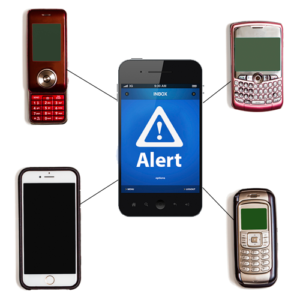 An automated alert system, such as Agency Workforce Management’s eNotify, eliminates the problems of a phone campaign. Instead of a mass network of phone calls, a manager can send just one alert to everyone within seconds. Alternatively, the manager can send alerts to specific groups of people; for example, if a notification only affects group home staff, the rest of the agency will not receive it. The benefit of eNotify is that it saves time – allowing employees to take action more quickly – and it eliminates the burden of maintaining contact lists.
An automated alert system, such as Agency Workforce Management’s eNotify, eliminates the problems of a phone campaign. Instead of a mass network of phone calls, a manager can send just one alert to everyone within seconds. Alternatively, the manager can send alerts to specific groups of people; for example, if a notification only affects group home staff, the rest of the agency will not receive it. The benefit of eNotify is that it saves time – allowing employees to take action more quickly – and it eliminates the burden of maintaining contact lists.